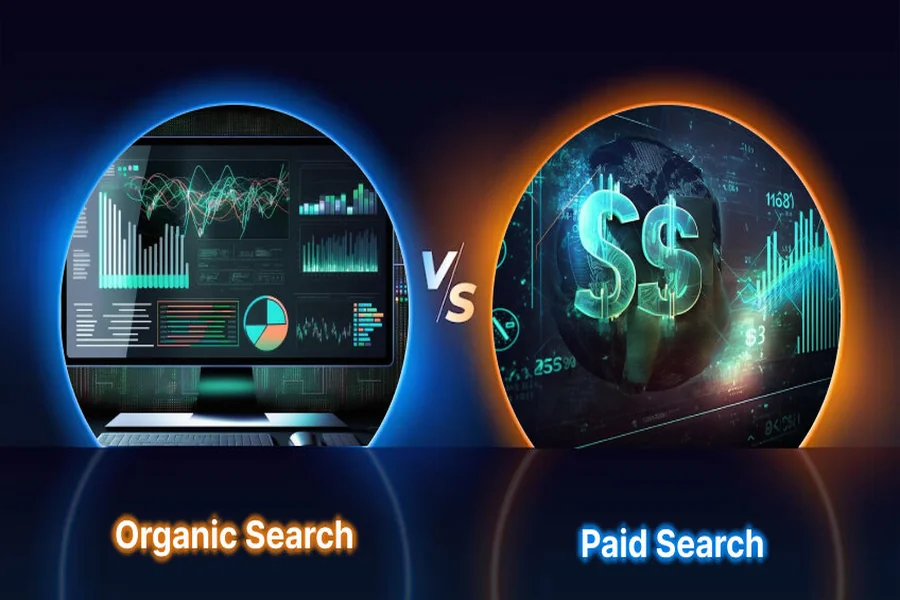How Utah SEO Companies Use Paid Search to Find Organic Opportunities

Modern digital marketing relies on paid search for quantitative data. Prior to long-term endeavors, it is used to enhance organic marketing by revealing user behavior, content effectiveness, and keyword performance. This method works well in Utah, with its different industry and search patterns.
Using Paid Search as a Research Tool
Paid search, such as from a Utah seo company, is more than just a way to get visitors; it also gives you feedback on what works in real time. When marketers test possible keywords, they keep an eye on the click-through rates, bounce rates, and conversion rates. These signals indicate which topics resonate most with the intended audience.
Short-term marketing provides you with clear results in a few days or weeks, but long-term efforts might take months to optimize for a keyword that may not work. With this method, SEO professionals may use their resources more efficiently by concentrating on high-value searches that show promise for long-term development and improvement.
Identifying High-Intent Keywords Early
Finding high-intent keywords early is one of the best things about utilizing paid advertisements for SEO strategy. High-intent phrases show that a person is likely to do something, like buy something or ask for a price. By figuring out which keywords in paid advertising lead to conversions, teams may give them more weight in future organic efforts.
This insight also applies to local search efforts. Utah’s markets differ by region, and localized campaigns often reveal different patterns in urban centers compared to rural areas. For example, search behavior in Utah may not be representative of that in smaller cities. Paid search can uncover these distinctions and help tailor content accordingly.
Guiding Content Development and Landing Page Design
Performance metrics from paid ads are frequently used to guide content strategy. Pages that generate the highest engagement during ad testing often serve as blueprints for broader content efforts. The structure, tone, and layout of high-performing landing pages inform how to craft blog posts, service pages, or FAQs that meet search intent.
These experiments also reveal which messaging styles connect with different audiences. Headlines, call-to-action phrasing, and value propositions can all be refined based on ad performance. Over time, this contributes to a content library that is optimized for search engines and relevant to real user needs.
How This Data Shapes Long-Term SEO Direction
Short-term paid campaigns help set the stage for long-term success. Once keywords and page types that look like good candidates have been checked out, they can be added to a bigger SEO plan. This usually includes technical changes like making the page load faster and making sure it works on mobile devices, as well as methods for getting backlinks and internal linking. Well-structured plans analyze how often consumers search for various questions and whether they trend seasonally. Paid search lets businesses generate timely organic content for holidays and local events by allowing fast testing.
Why should corporations invest in SEO?
Utah’s full-service SEO businesses assist you in gaining long-term search engine visibility systematically. Technical SEO examines the site’s structure, mobile usability, page load speed, and search engine crawlability. Good technology helps search engines identify and assess content faster.
On-page SEO improves metadata, content, and internal linking to match search terms. Local SEO and linguistic strategies for targeted audiences might help you reach more people and concentrate on specific locations. Franchise-sponsored search and other paid advertising tactics provide you with instant keyword performance and user behavior data.
Combining sponsored and organic search is a useful way to make your website more visible online. By carefully analyzing user reactions, finding the best-performing assets, and adapting strategy as needed, a Utah SEO company can match short-term successes with long-term outcomes. This eventually improves results for both paid and free marketing activities.
